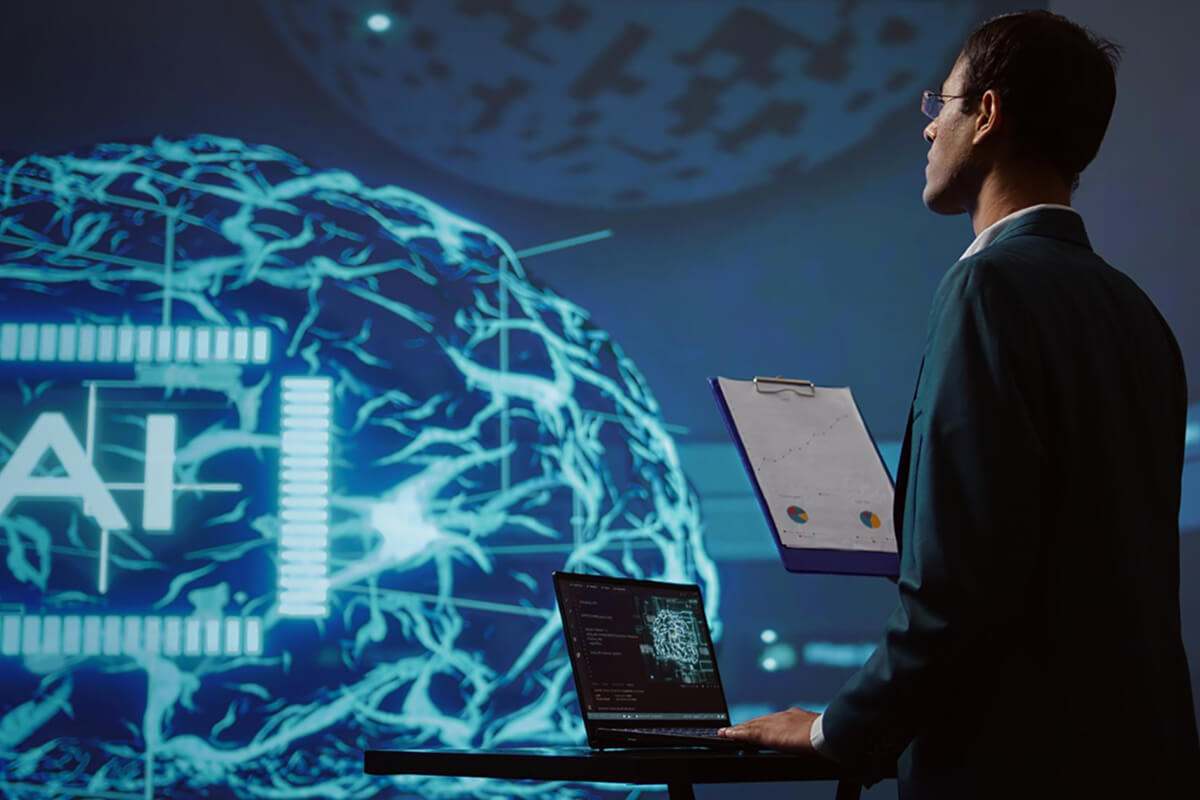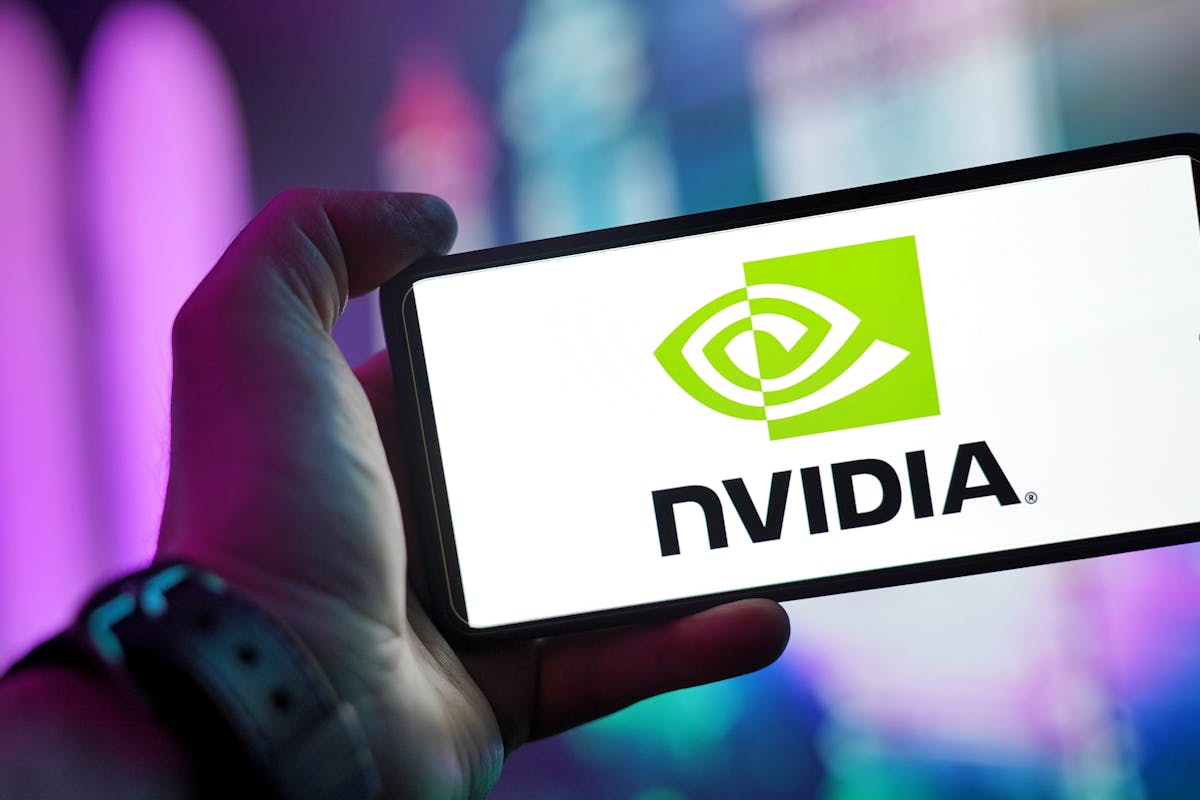The Future of AI: Opportunities and Challenges
Artificial Intelligence (AI) is transforming various industries, presenting numerous opportunities while also posing significant challenges. Below is a detailed examination of 20 opportunities and 20 challenges, each broken down with specific focus points.
Opportunities in the Future of AI
1. Enhanced Efficiency and Automation
- Automating Routine Tasks: AI can take over repetitive tasks, freeing up human workers for more strategic roles.
- Boosting Productivity: AI reduces human error, leading to increased operational efficiency.
- Enabling Creativity: By handling mundane tasks, AI allows humans to focus on innovation and creative problem-solving.
2. Personalized Healthcare
- Tailored Treatment Plans: AI analyzes patient data to create individualized healthcare strategies.
- Early Disease Detection: Advanced diagnostics powered by AI can detect diseases at an early stage.
- Remote Patient Monitoring: AI enhances telemedicine by providing real-time analysis of patient data.
3. Predictive Maintenance in Industries
- Preventing Equipment Failure: AI uses sensor data to predict machinery breakdowns before they occur.
- Reducing Maintenance Costs: Predictive maintenance minimizes downtime and the need for expensive repairs.
- Extending Machinery Lifespan: AI helps in proactive care, extending the operational life of equipment.
4. Smart Cities and Infrastructure Management
- Optimizing Resource Usage: AI manages city resources like water and electricity efficiently.
- Improving Traffic Flow: Real-time data analysis helps in optimizing traffic signals and reducing congestion.
- Enhancing Public Safety: AI-powered surveillance systems aid in crime prevention and emergency response.
5. Advanced Robotics for Hazardous Environments
- Operating in Extreme Conditions: AI-driven robots can perform tasks in dangerous environments, such as deep-sea or space exploration.
- Reducing Human Risk: Robots take on roles in hazardous situations, minimizing the danger to human workers.
- Disaster Recovery Assistance: AI aids in search and rescue operations in disaster-stricken areas.
6. Cybersecurity Enhancements
- Real-Time Threat Detection: AI identifies and responds to cyber threats instantly.
- Adaptive Defense Mechanisms: AI learns from new threats to improve security measures continuously.
- Protecting Sensitive Data: AI safeguards critical information from sophisticated cyberattacks.
7. Content Creation and Creative Assistance
- Automating Content Generation: AI generates written content, music, and art, streamlining creative processes.
- Inspiring New Ideas: AI offers tools that assist artists and writers in experimenting with new forms of expression.
- Enhancing Efficiency: AI automates routine content creation tasks, such as generating reports.
8. Real-Time Language Translation
- Breaking Language Barriers: AI provides instant translation, facilitating global communication.
- Supporting International Business: AI enables businesses to reach a wider audience through effective communication.
- Enhancing Travel Experiences: Real-time translation helps travelers navigate foreign environments.
9. Improved Customer Support and Experience
- 24/7 Availability: AI-powered chatbots offer round-the-clock customer service.
- Personalized Recommendations: AI analyzes customer behavior to suggest products and services tailored to individual needs.
- Quick Response Times: AI reduces wait times, improving overall customer satisfaction.
10. Supply Chain Optimization
- Demand Forecasting: AI analyzes market trends to optimize inventory and supply chain operations.
- Enhancing Logistics: AI improves delivery efficiency through route optimization and logistics planning.
- Cost Reduction: AI helps businesses cut down on supply chain costs by optimizing resource use.
11. Personalized Learning in Education
- Adaptive Learning Pathways: AI customizes educational content based on individual learning styles and progress.
- Targeted Support: AI identifies areas where students need additional help and provides personalized support.
- Interactive Learning: AI creates engaging, interactive educational tools that adapt to student needs.
12. Environmental Monitoring and Conservation
- Monitoring Ecosystems: AI analyzes data from sensors to track environmental changes and wildlife populations.
- Climate Change Mitigation: AI helps in predicting environmental impacts and planning conservation efforts.
- Combating Deforestation: AI tracks changes in forest cover, aiding in conservation initiatives.
13. Fraud Detection in Financial Services
- Real-Time Analysis: AI monitors financial transactions to detect and prevent fraudulent activities.
- Customer Behavior Analysis: AI assesses user behavior for early identification of potential security threats.
- Enhancing Trust: AI protects online financial services, building customer confidence.
14. Accelerated Drug Discovery and Development
- Identifying Drug Candidates: AI analyzes biological data to discover new drug compounds.
- Predicting Drug Efficacy: AI evaluates the potential effectiveness and side effects of new drugs.
- Speeding Up Clinical Trials: AI helps identify suitable candidates, reducing the time to market for new drugs.
15. Precision Agriculture
- Monitoring Crop Health: AI uses satellite imagery and drones to assess crop conditions and soil health.
- Optimizing Resource Use: AI helps in precise irrigation and fertilizer application, enhancing crop yields.
- Sustainable Farming: AI supports sustainable agricultural practices by reducing resource waste.
16. Enhanced Gaming and Virtual Reality Experiences
- Creating Dynamic Worlds: AI generates responsive virtual environments that adapt to player actions.
- Personalizing Gameplay: AI tailors gaming experiences based on player preferences and behaviors.
- Realistic Simulations: AI provides immersive VR experiences for training and education.
17. Mental Health Support through AI Tools
- Virtual Therapy Services: AI offers accessible mental health support through virtual counseling.
- Crisis Intervention: AI provides real-time assistance for individuals in mental health crises.
- Mood Tracking and Analysis: AI monitors mental health trends, offering personalized advice and support.
18. Autonomous Transportation
- Reducing Traffic Accidents: Self-driving vehicles, powered by AI, promise safer roads by minimizing human error.
- Enhancing Fuel Efficiency: AI optimizes driving patterns, reducing emissions and fuel consumption.
- Revolutionizing Public Transit: AI improves route planning and management of public transportation systems.
19. Risk Management and Decision Support in Business
- Identifying Market Risks: AI analyzes market data to predict risks and identify opportunities.
- Strategic Insights: AI supports business decision-making with advanced predictive analytics.
- Financial Planning: AI improves forecasting and investment strategies for businesses.
20. Innovation in Design and Problem Solving
- Generating Novel Designs: AI aids in creating innovative designs and prototypes.
- Solving Complex Problems: AI offers unique solutions to engineering and scientific challenges.
- Enhancing Creativity: AI assists architects and designers in exploring new possibilities.
Challenges in the Future of AI
1. Ethical Dilemmas in AI Decision-Making
- Responsibility for AI Decisions: Determining accountability for actions taken by AI in critical scenarios.
- Balancing Automation and Ethics: Ensuring AI decisions align with ethical standards and human values.
- Addressing Bias: Ensuring fair and unbiased AI decision processes to prevent ethical violations.
2. Bias and Discrimination in AI Algorithms
- Inherent Data Bias: AI systems can inherit and amplify biases present in training data.
- Ensuring Fairness: Creating diverse and unbiased data sets to avoid discrimination.
- Promoting Inclusivity: Implementing measures to ensure AI systems are fair and inclusive.
3. Privacy Concerns and Data Security
- Data Collection Issues: The extensive collection of personal data for AI applications raises privacy concerns.
- Preventing Data Breaches: Protecting AI systems from unauthorized access and potential breaches.
- Compliance with Regulations: Ensuring AI applications comply with privacy laws and user rights.
4. Job Displacement and Economic Disruption
- Workforce Impact: AI automation could lead to significant job losses across various sectors.
- Reskilling and Training: Identifying at-risk sectors and planning for workforce retraining.
- Mitigating Economic Impact: Developing strategies to manage the economic disruption caused by AI.
5. Security Vulnerabilities and AI Exploitation
- Sophisticated Cyberattacks: AI can be used to develop more advanced cyber threats.
- Safeguarding AI Systems: Protecting AI from hacking and manipulation.
- Preventing Deepfakes: Addressing the misuse of AI in generating fake content and misinformation.
6. Lack of Transparency in AI Systems
- Understanding AI Decisions: Many AI models are “black boxes” with opaque decision-making processes.
- Explainability: Developing methods to make AI outcomes more interpretable.
- Building Trust: Ensuring transparency to build trust in AI systems.
7. Inadequate Regulatory Frameworks
- Keeping Pace with AI: Creating effective regulations to match the rapid advancements in AI.
- Global Coordination: Coordinating international efforts to set standards for AI use.
- Balancing Innovation and Safety: Ensuring regulatory policies encourage innovation while prioritizing safety.
8. Over-Reliance on AI in Critical Areas
- Avoiding Over-Dependence: Preventing excessive reliance on AI in sectors like healthcare and finance.
- Human Oversight: Ensuring human involvement in critical decision-making processes.
- Maintaining Skills: Preserving essential human skills that might be diminished due to automation.
9. Intellectual Property and Ownership Issues
- Ownership Rights: Determining who owns AI-generated content and inventions.
- Legal Implications: Addressing the legal challenges in using AI for creative processes.
- Updating IP Laws: Revising intellectual property laws to include AI-generated work.
10. Widening Economic Inequality
- Access Disparities: Ensuring equitable access to AI technology across different economic groups to avoid widening the gap between wealthy and underserved communities.
- Economic Concentration: Preventing the concentration of AI-related wealth and benefits among a small elite or technologically advanced regions.
- Supporting Underprivileged Areas: Developing initiatives to support economically disadvantaged areas in adapting to and benefiting from AI advancements.
11. Human-AI Collaboration in Decision-Making
- Defining Roles: Clearly delineating the roles and responsibilities of humans and AI in decision-making processes.
- Incorporating Human Values: Ensuring that AI systems integrate human values and ethical considerations into their decision-making frameworks.
- Enhancing Collaboration: Creating training programs to improve human-AI collaboration skills and understanding.
12. Ensuring AI Safety and Reliability
- Rigorous Testing: Implementing comprehensive testing and validation procedures to ensure AI systems operate as intended.
- Preventing Failures: Designing AI systems with fail-safes and redundancy mechanisms to handle potential malfunctions or unexpected behaviors.
- Ensuring Robustness: Continuously updating and improving AI systems to maintain safety and reliability in changing environments.
13. Manipulation of Public Opinion and Misinformation
- Combatting Misinformation: Preventing the use of AI to spread misinformation and fake news.
- Identifying Deepfakes: Developing tools to detect and address AI-generated deepfakes and misleading content.
- Promoting Media Literacy: Encouraging critical thinking and media literacy to help the public discern accurate information from AI-manipulated content.
14. International Coordination and Governance
- Regulatory Harmonization: Addressing the challenge of differing national regulations and ethical standards regarding AI.
- Global Collaboration: Promoting international cooperation to set universal standards and guidelines for AI development and deployment.
- Preventing AI Arms Race: Ensuring that AI advancements do not lead to geopolitical tensions or an AI arms race.
15. Environmental Impact of AI Technologies
- Reducing Carbon Footprint: Minimizing the environmental impact of training large AI models, which can be energy-intensive.
- Renewable Energy: Encouraging the use of renewable energy sources for powering data centers and AI research facilities.
- Energy Efficiency: Developing more energy-efficient AI algorithms and hardware to reduce environmental impact.
16. Uncertain Long-Term Societal Impacts
- Predicting Social Changes: Understanding how AI integration might alter social structures, relationships, and daily life.
- Preparing for Shifts: Anticipating and planning for potential long-term changes in employment, education, and social dynamics.
- Adapting to New Norms: Developing strategies to adapt to and manage societal shifts resulting from widespread AI adoption.
17. AI in Warfare and Autonomous Weapons
- Regulating Autonomous Weapons: Preventing the development and deployment of autonomous weapons systems without adequate human oversight.
- International Treaties: Establishing international agreements and treaties to regulate AI’s role in military applications.
- Ethical Considerations: Addressing the ethical implications of allowing AI to make life-and-death decisions in warfare.
18. Legal Accountability and Liability
- Determining Liability: Establishing legal frameworks to determine accountability when AI systems cause harm or make errors.
- Creating Legal Standards: Developing clear standards for legal responsibility related to autonomous systems and AI-driven decisions.
- Ensuring Fairness: Balancing legal accountability between AI developers, users, and manufacturers.
19. Mental Health and Social Isolation
- Addressing Social Isolation: Understanding the potential for AI interactions to lead to increased social isolation and promoting human-to-human interaction.
- Impact on Mental Health: Assessing the psychological effects of AI on mental health and well-being.
- Supporting Well-Being: Developing AI tools that support mental health while encouraging healthy social practices.
20. Goal Misalignment and Control
- Aligning Objectives: Ensuring that AI systems’ goals are aligned with human values and interests to prevent harmful outcomes.
- Controlling AI Behavior: Implementing mechanisms to maintain control over AI systems and their decision-making processes.
- Preventing Misalignment: Developing strategies to address and correct goal misalignment issues in AI systems.
Conclusion
The future of AI is both promising and challenging. The opportunities presented by AI—from revolutionizing healthcare and education to enhancing efficiency and creative processes—offer significant potential to improve our world. However, these opportunities come with challenges that need careful consideration, including ethical dilemmas, privacy concerns, and the risk of job displacement.
Navigating the future of AI requires a balanced approach. It involves developing and implementing robust ethical guidelines, regulatory frameworks, and safeguards to ensure that AI technologies are used responsibly and effectively. Collaboration among policymakers, industry leaders, researchers, and the public is crucial in addressing these challenges and harnessing the full potential of AI.
By proactively addressing these issues and fostering an inclusive and responsible approach to AI development, we can create a future where AI contributes positively to human well-being, equity, and sustainable progress. The journey ahead will require vigilance, adaptability, and a commitment to ensuring that AI benefits all of humanity while mitigating its risks.








